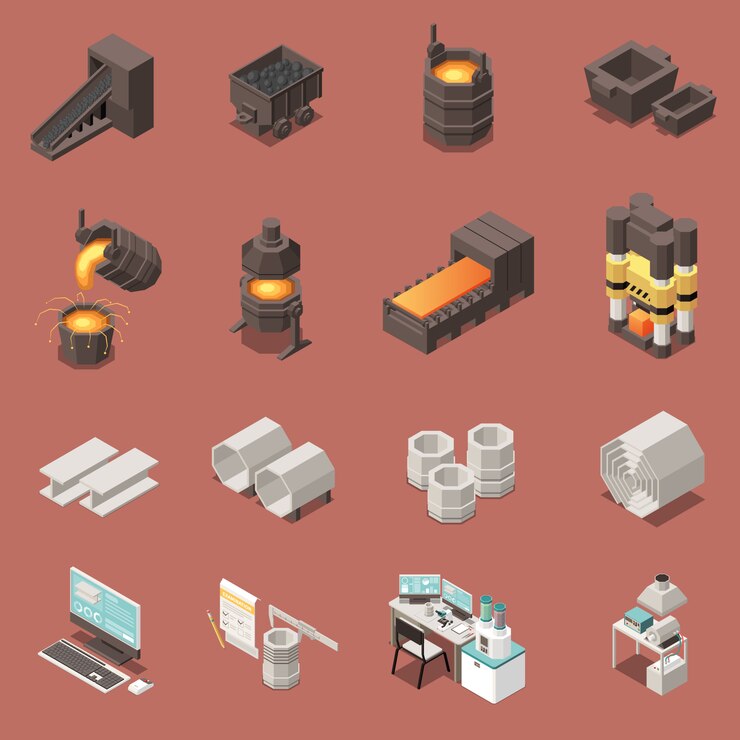Commodities play a pivotal role in global trade and economics, encompassing a vast array of raw materials. In this blog, we delve into what commodities are, their significance, and navigate through the diverse world of these essential resources. Join us in uncovering the many facets of commodities that drive economies and impact our daily lives.
In the intricate web of global trade and economic systems, commodities emerge as the unsung heroes—raw materials that fuel industries, shape markets, and impact our daily lives in ways we may not always recognize. This blog seeks to unravel the mysteries of commodities, shedding light on what they are and exploring the vast tapestry of essential resources that fall under this category.
Exploring the Essence of Commodities
Understanding Commodities:
Commodities, in the financial and economic context, refer to primary goods that are interchangeable with other goods of the same type. These can be broadly classified into three categories: agricultural, energy, and metals. The essence of commodities lies in their raw, unprocessed nature, making them fundamental building blocks in the production of countless products.
Significance in Global Trade:
Commodities serve as the backbone of international trade, connecting economies and facilitating the exchange of goods on a massive scale. Whether it’s the oil that powers our vehicles, the wheat that becomes our daily bread, or the metals that construct our infrastructure, commodities are the lifeblood of our interconnected world.
The Diverse World of Commodities

1. Agricultural Commodities:
- Grains: Wheat, corn, and rice form the staple diet for much of the world.
- Softs: Cotton, sugar, and coffee are integral components of our daily lives.

2. Energy Commodities:
- Crude Oil: The lifeblood of transportation and a key player in energy production.
- Natural Gas: Used for heating, cooking, and electricity generation.

3. Metal Commodities:
- Precious Metals: Gold and silver are not just shiny ornaments but also serve as financial assets.
- Base Metals: Copper, aluminum, and zinc contribute to construction, electronics, and various industries.
The Impact on Daily Life
1. Fueling Industries:
Commodities are the foundation of industries worldwide. From powering factories to enabling transportation, they drive economic activities that shape our modern way of life.
2. Market Dynamics:
The prices of commodities are influenced by various factors like supply and demand, geopolitical events, and weather conditions. Understanding these dynamics provides insight into broader economic trends.
3. Global Interconnectedness:
Changes in commodity prices in one part of the world can have a ripple effect globally. The interconnected nature of commodity markets showcases the interdependence of economies.
Conclusion: Navigating the Commodity Landscape
In conclusion, commodities are not just goods on trading floors; they are the threads weaving together the fabric of our interconnected world. From the food we eat to the products we use daily, commodities play an indispensable role. This exploration into the diverse world of commodities serves as a reminder of their significance in shaping the global landscape and influencing the ebb and flow of economies. Next time you sip your morning coffee or fill your car with gas, take a moment to appreciate the intricate dance of commodities that make it all possible.




